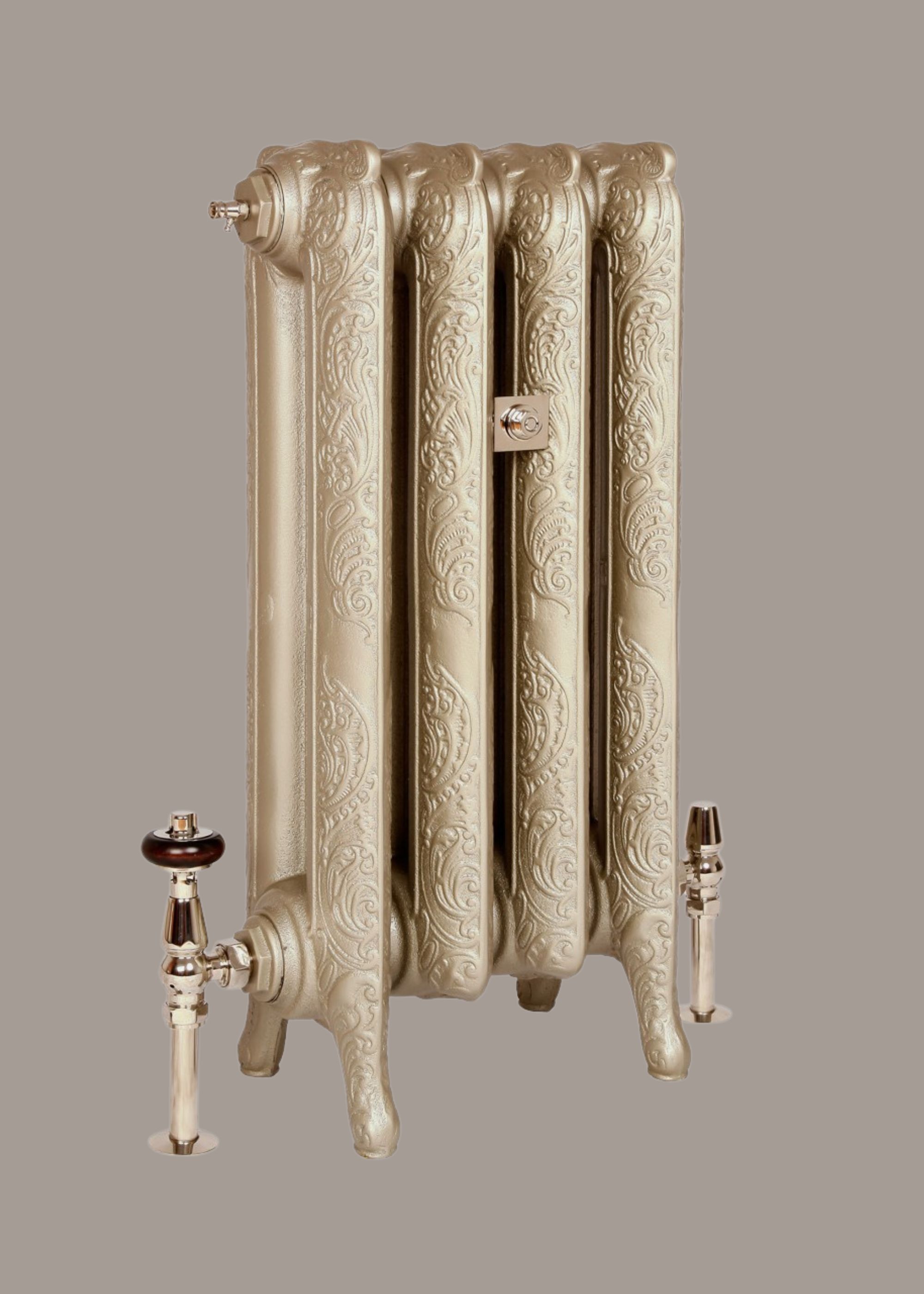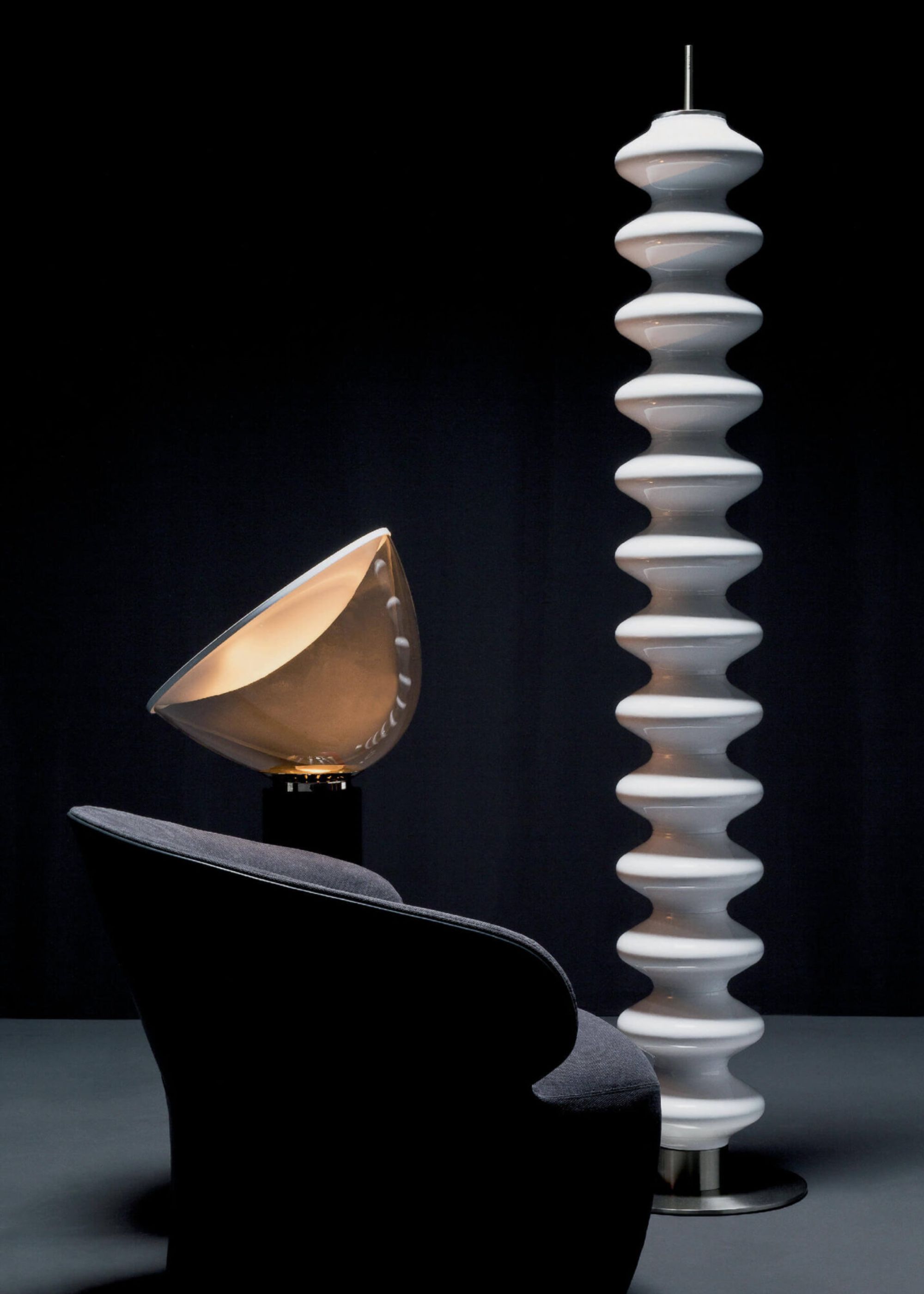Experts Urge Homeowners to Avoid This Radiator Mistake That 'Exaggerates' How Well It Will Heat Your Home
As the cooler weather starts to kick in, it's easy to get lost in the heat, but making this one mistake with your radiator could lead to more losses
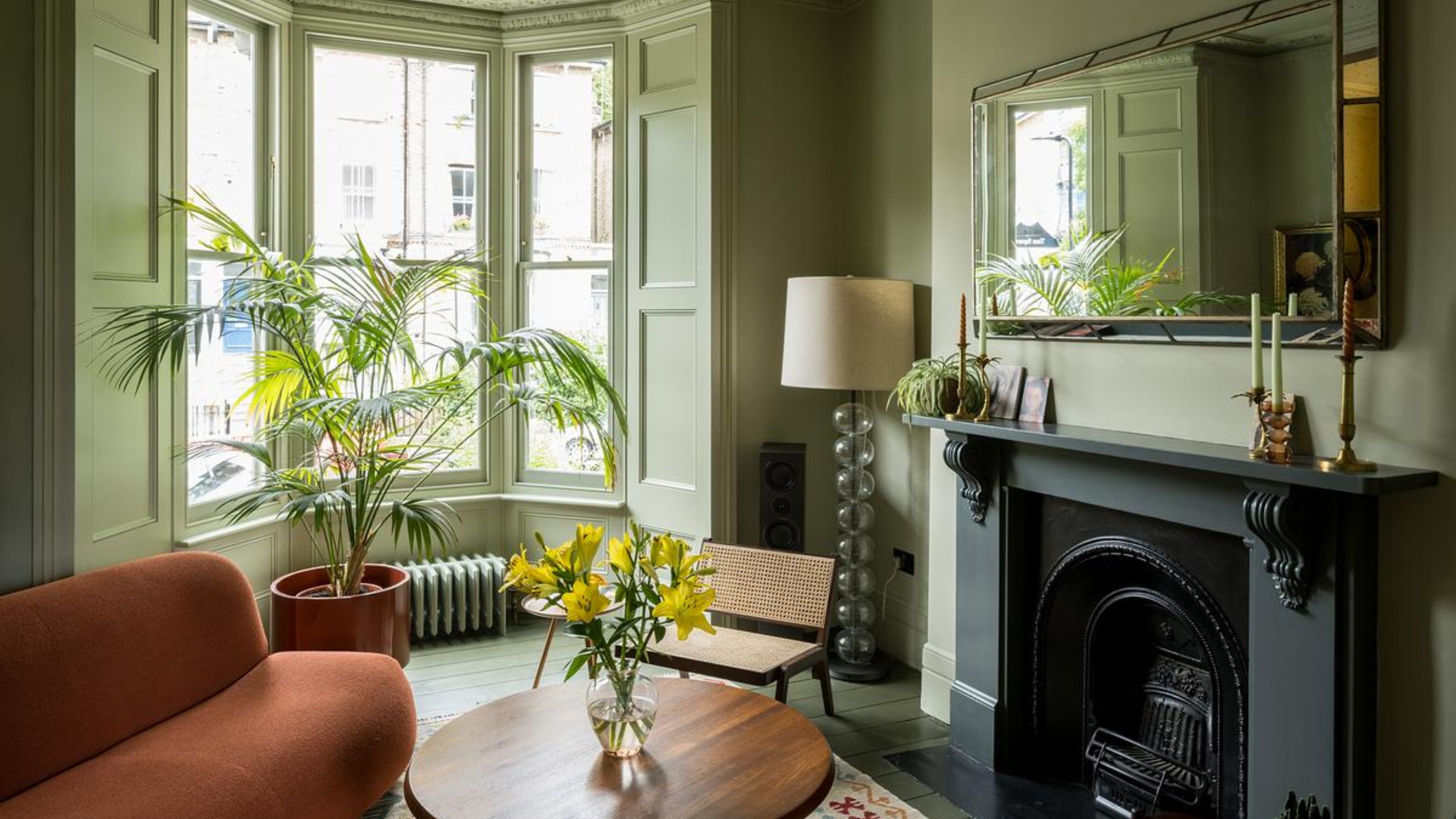

Feel that? It's a cold front moving in as we get deeper into the autumn. Cooler nights lead us to seek comfort in the warmth of our homes, and our radiators are what keep us at the right temperature.
But, if you want to avoid your radiators not actually managing to keep up with your heating demands, according to one expert, you need to do a little diligence when buying new ones, as there's a big reason.
Yes, it'll keep you warm, but it's also a clever way to save on energy bills, and make sure you end up with good-quality, appropriately-sized radiators that balance form and function.
What's the Problem?
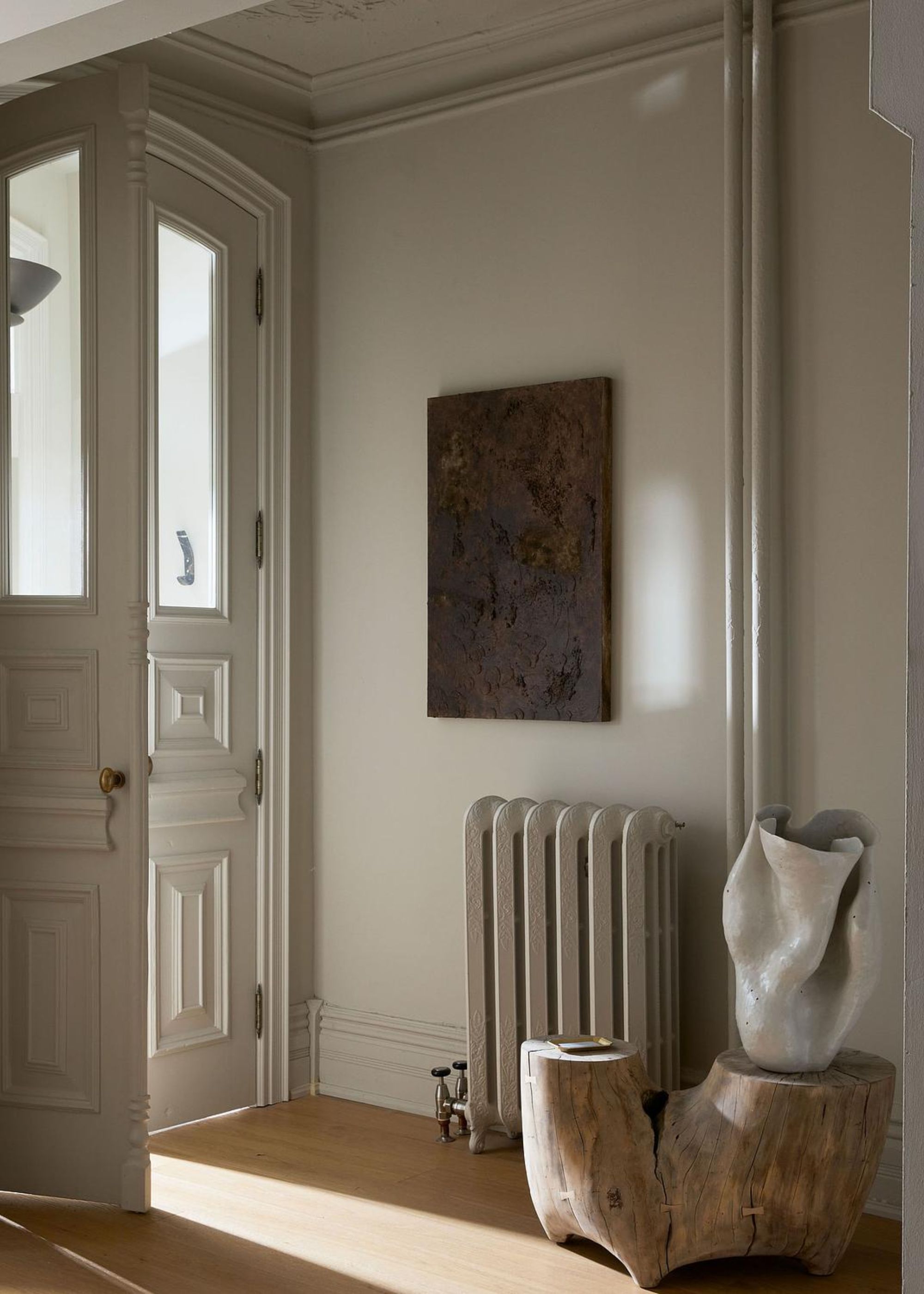
Form and function go hand in hand when it comes to finding the right radiator for your home.
It's not always about looks; it seems the type of heating system you use matters, and choosing the right radiator is key to lower bills and better heating quality. But how do you choose the right one for your home?
"When choosing a radiator, start with your space, both its size and how it’s used," explains Rob Nezard, heating expert and managing director of UK Radiators. "The most important factor is heat output, measured in Watts or BTUs (British Thermal Units). A large open-plan living room will need a higher heat output than a small bedroom, for example."
However, Rob warns that some manufacturers are causing shoppers to be misled by the numbers on radiators, making them think they're getting the right radiator, when really, it will fall short. Radiators are meant to be tested at certain temperatures to show how much heat they can give off; however, they're also setting unrealistically high test temperatures that make them seem stronger.
"When you buy a radiator, you expect it to keep you warm, but if the figures are exaggerated, you’ll never get the heat you’re paying for," Rob says. "It’s like buying a jumper labeled ‘extra thick’ that turns out to be paper-thin. Always check the radiator is tested at the same temperatures your home runs on – otherwise, you could be left cold and paying more.”
The Livingetc newsletters are your inside source for what’s shaping interiors now - and what’s next. Discover trend forecasts, smart style ideas, and curated shopping inspiration that brings design to life. Subscribe today and stay ahead of the curve.

As Founder & MD of UKRadiators.com, I have made waves in the heating industry by calling out fraudulent practices, driving up standards, and with my no-nonsense people-focused approach to business. From energy efficiency to product innovation, I’m not afraid to tackle industry blind spots head-on, bringing clarity and focus to what really matters, the customer.
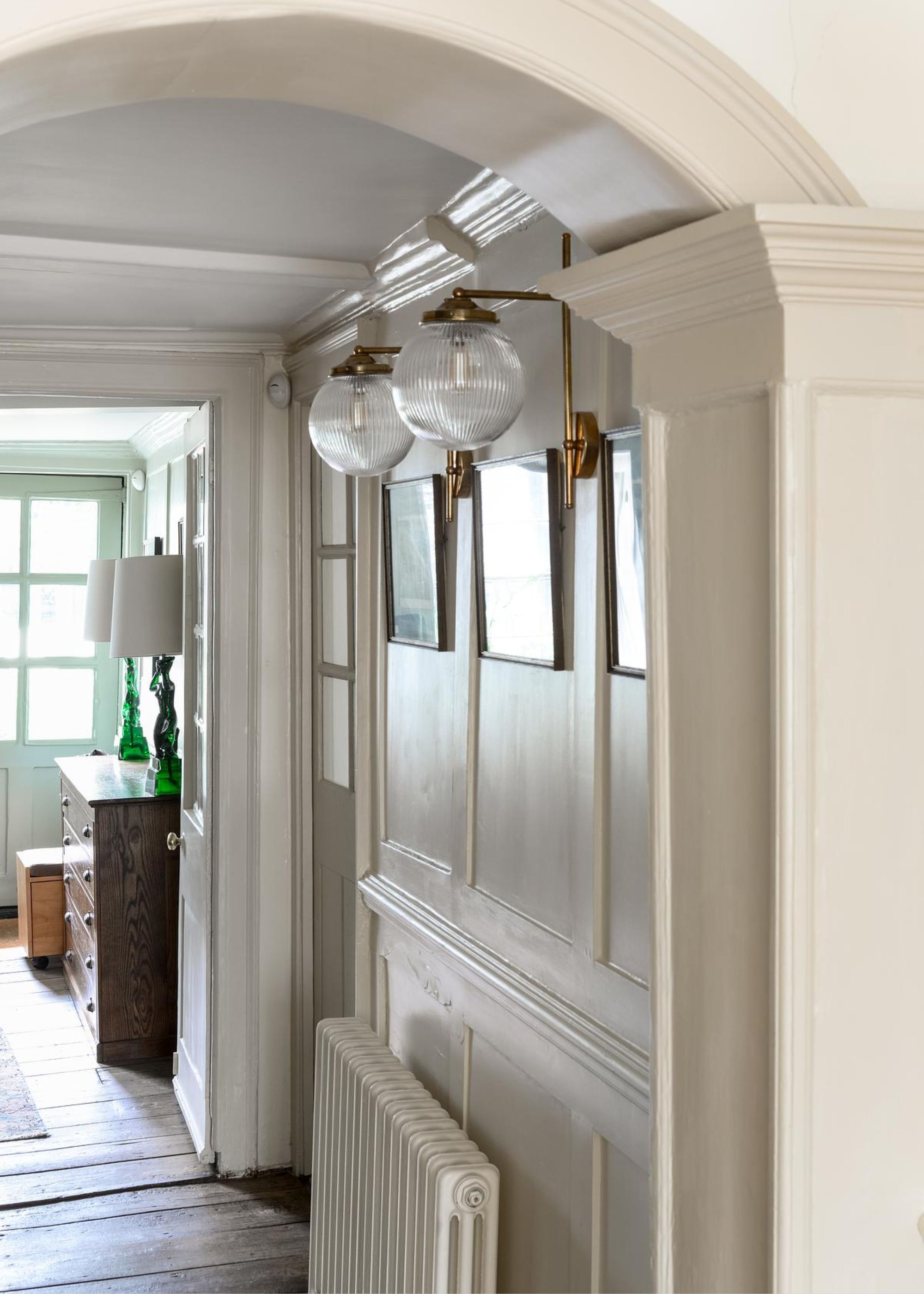
If you want lower bills, then choosing the right radiator is that step to success.
If it's heating your kitchen you're after or you're looking to add some warmth to your modern living room ideas, here's what you need to look out for, according to Rob.
"Radiators should show heat output for Delta T 50 (normal heating) or Delta T 30 (for heat pumps). Ignore higher numbers," says Rob. "Look for Watts (W) – this is the standard way heat should be shown. And, ask for proof – a Declaration of Performance (DoP) shows the radiator has been tested properly."
The Mistakes People Make When Buying a Radiator
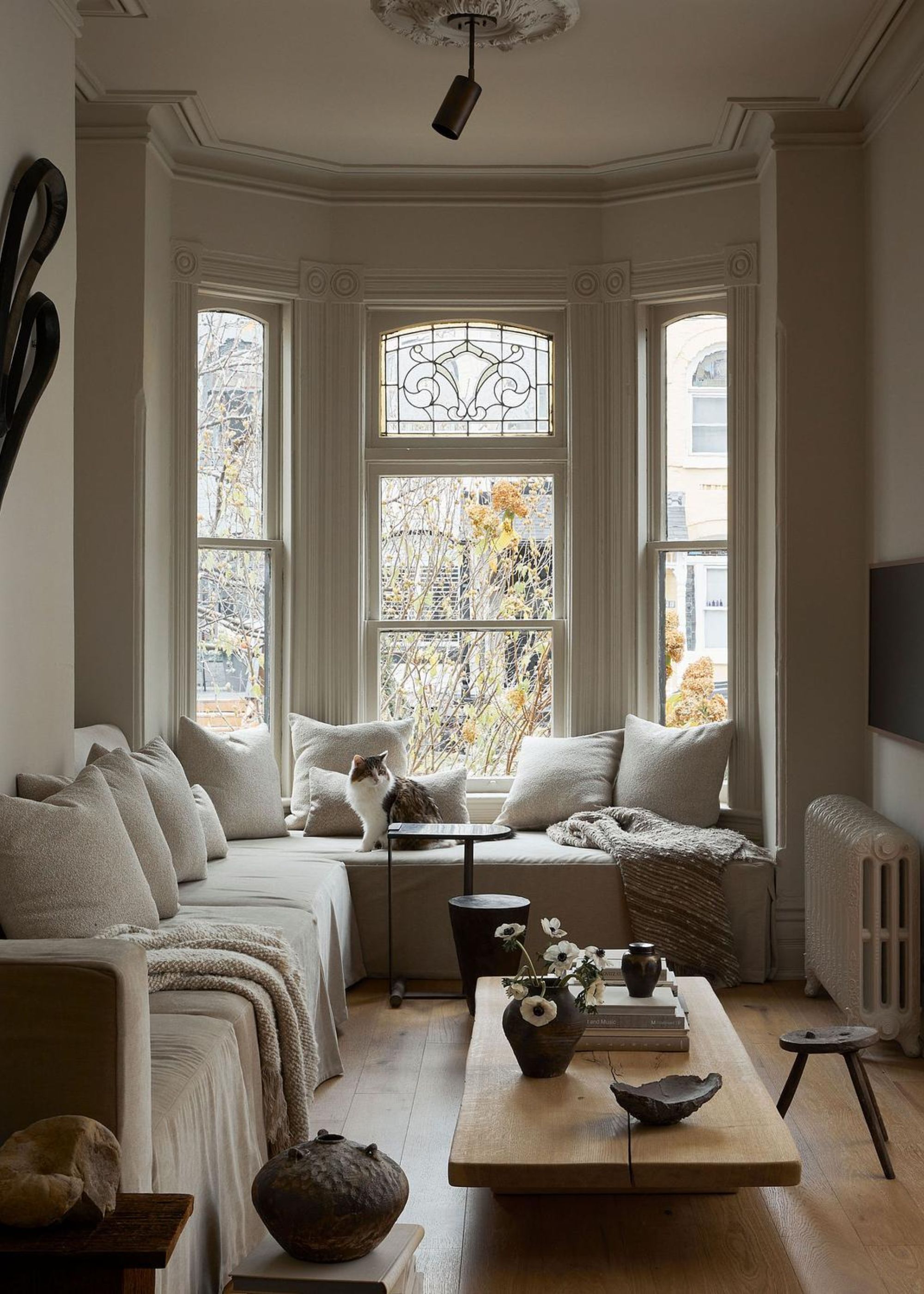
"One of the biggest mistakes people make when buying a radiator is focusing only on looks, rather than performance," Rob tells me. "It’s easy to get drawn to designer styles, but if the radiator’s BTU output doesn’t suit the room size, it’ll never heat the space properly, no matter how good it looks.”
Another common error is not checking compatibility with the heating system in your home. For example, Rob says "buying an electric radiator for a central heating system, or not accounting for dual-fuel options if they want year-round flexibility.”
Oftentimes, homeowners forget about the importance of radiator positioning. So, if you're thinking about whether you should put your furniture in front of a radiator or if curtains should cover radiators, think again.
"Installing a radiator behind furniture or heavy curtains can block heat flow and make the system work harder," explains Rob. "And finally, many skip over-quality valves and brackets, but these small details impact efficiency, control, and lifespan more than most realise.”
In short, according to Rob, it's best to choose your radiator based on heat output first, and then look at style as a secondary feature.
Radiators Worth the Investment
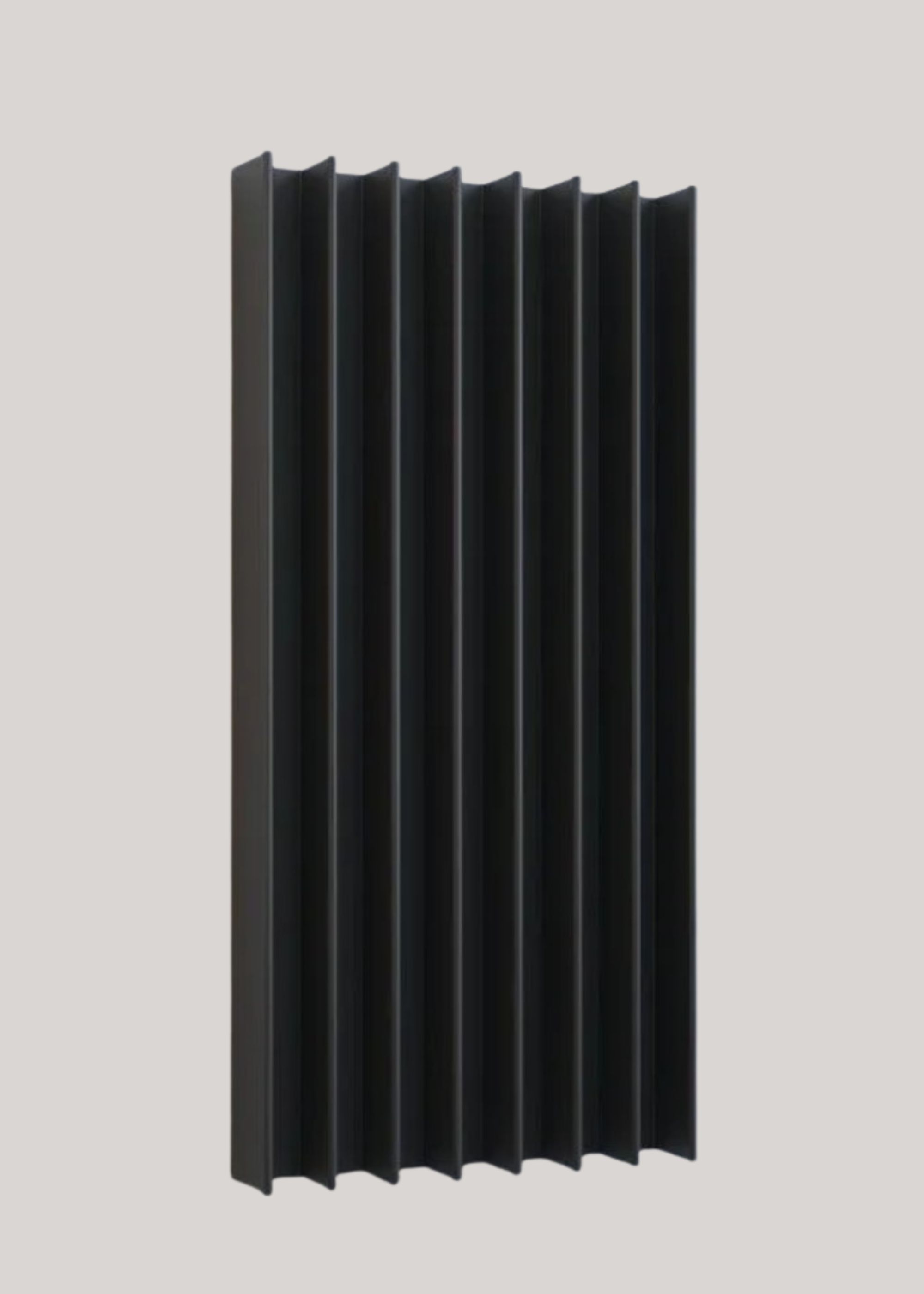
Size: H1000mm x W472mm x D111mm
Bringing a sleek and modern feel to the home, this Gordon Double radiator from Eskimo Design will add glamour to your modern bathroom ideas in no time.
FAQs
Which Is Better, Type 21 or Type 22 Radiators?
According to Rob, "both Type 21 and Type 22 radiators are double-panel designs, but Type 22 models have two sets of convector fins, while Type 21 has just one. That extra layer means Type 22 radiators provide more heat output for roughly the same wall space. They’re ideal for larger or colder rooms where more warmth is needed."
Type 21 radiators, on the other hand, are slimmer and slightly more compact, so in turn, they are much better in narrow spaces — long and narrow kitchens perhaps?
"In short, if you want maximum heat efficiency, go for Type 22; if space is tight, Type 21 is a solid choice," adds Rob.
Now that you've got all the intel for buying mistakes to avoid when it comes to radiators — we've also been working hard to learn more about radiator covers. Yes, they're beautiful and stylish, but it's important to take note of whether radiator covers block heat and the impact it can have on your home. Read on to find out!

Faiza is the Renovation Editor at Livingetc. She previously worked for The Independent as a News Feature Writer, where she crafted lifestyle, entertainment, and news stories. She also worked as an Audience Editor for the newspaper for almost two years. Thriving in the busy newsroom, Faiza also spent her time crafting stories for Sky News as an SEO reporter, where she produced stories based on trending topics. Lifestyle and interior design have been areas of interest for her for some time, and as she advances in this field, she will continue to refine her skills in all aspects of design. Faiza has a background in SEO, social media, and reporting. Her passion for writing goes beyond her work as she loves all things poetry and creative writing.
